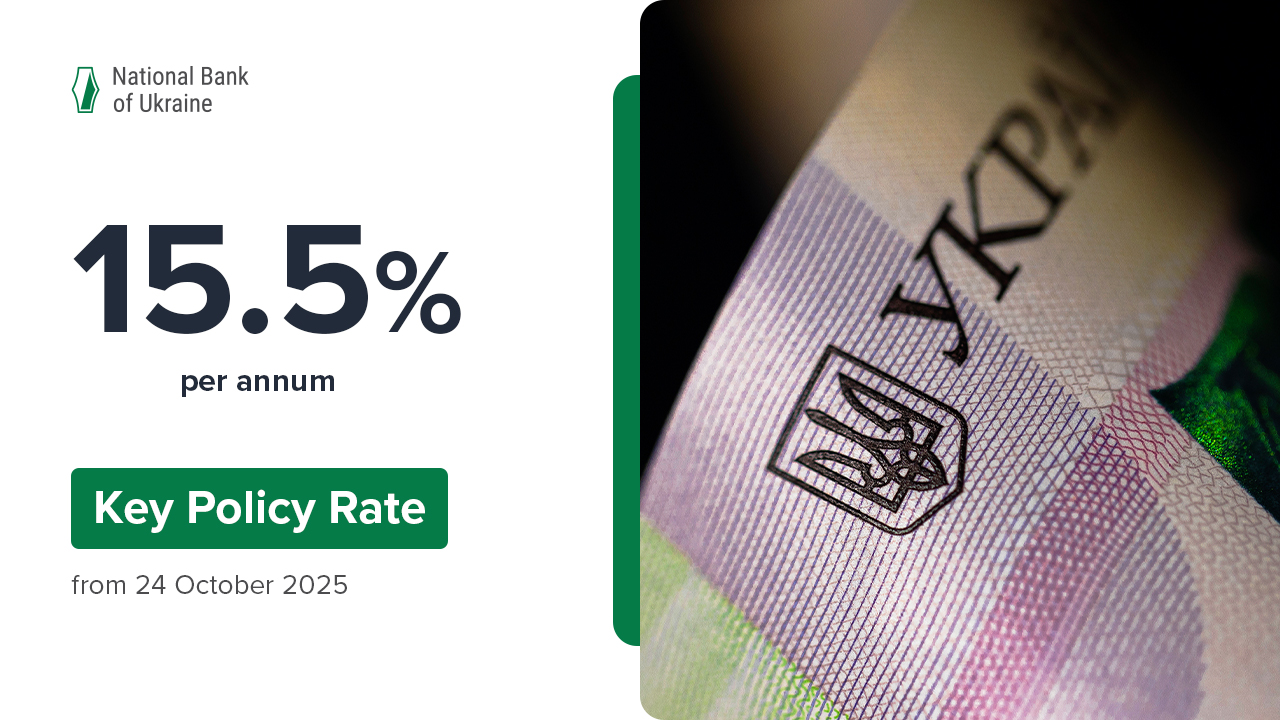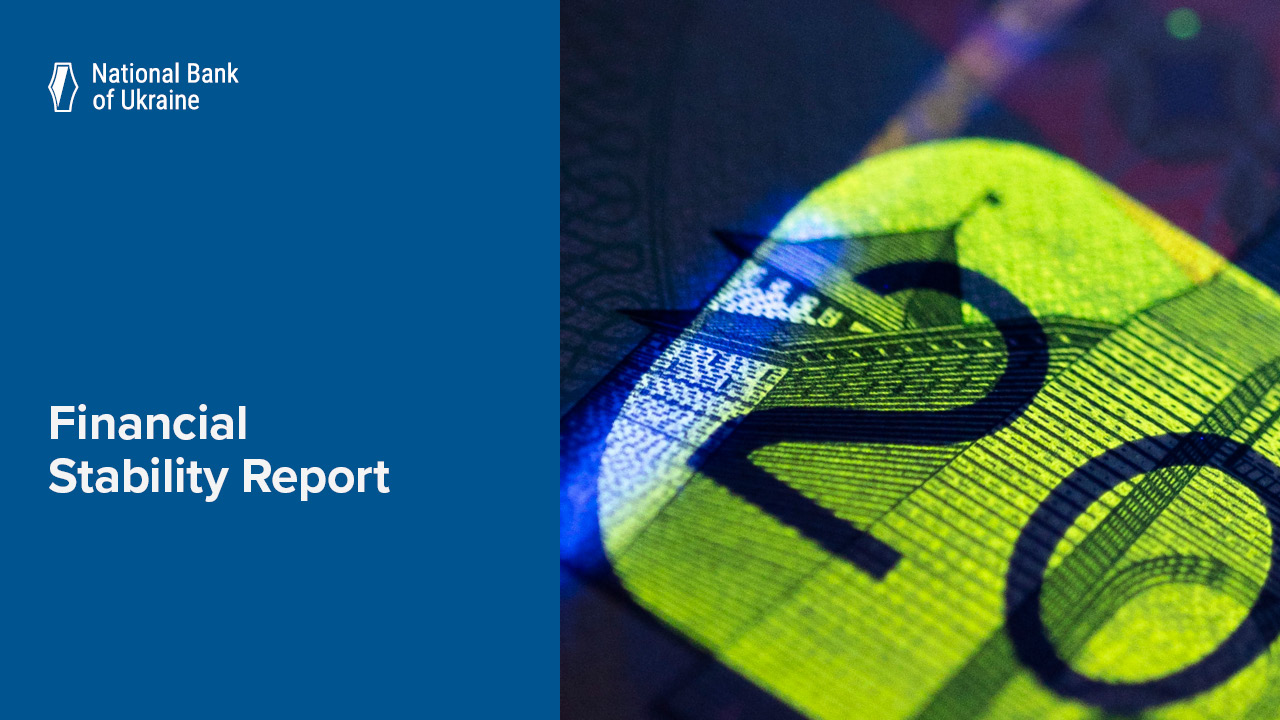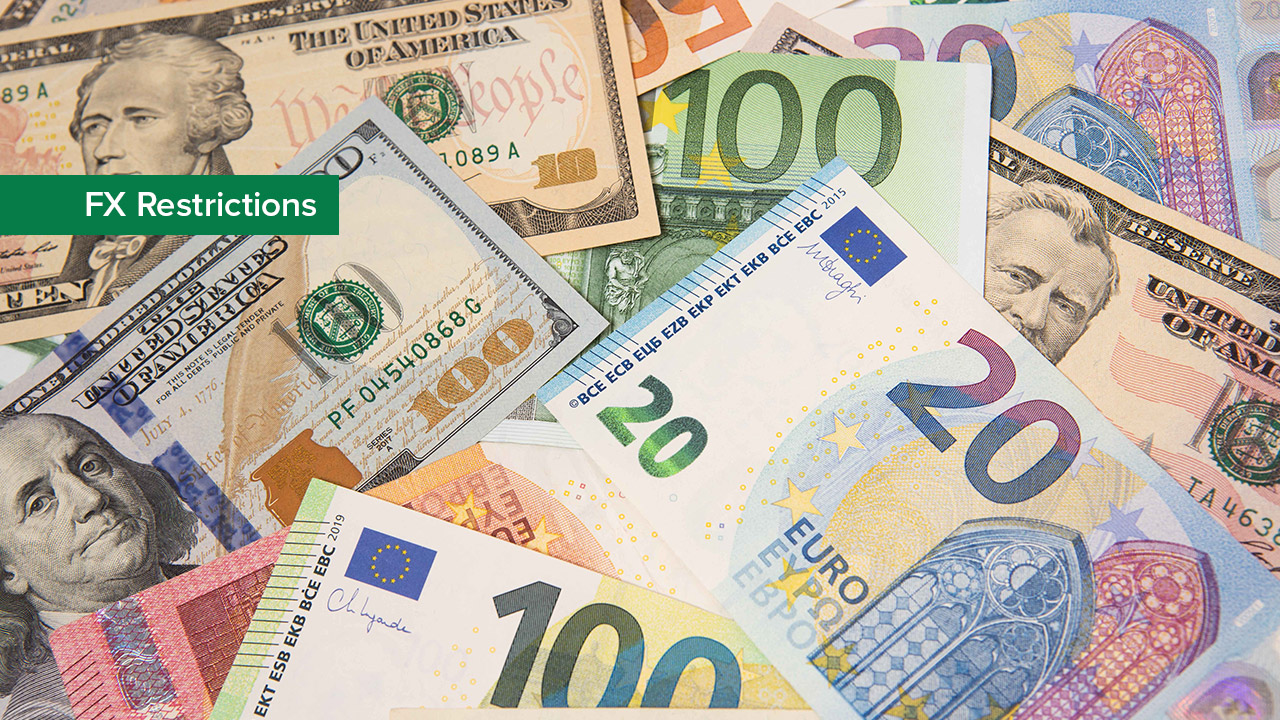Following a rapid slowdown in 2016, headline inflation will continue to decline to 9.1% by the end of 2017, 6.0% by the end of 2018 and 5.0% by the end of 2019. The National Bank of Ukraine has left its inflation projections unchanged. The inflation projections remain within the targets previously announced in the Monetary Policy Guidelines for 2017 and the Medium Term (8% ± 2 pp for 2017, 6% ±2 pp for 2018, and 5% ± 1 pp for 2019 and over the medium-term), according to the latest quarterly Inflation Report April 2017).
As previously projected, inflation will deviate from the mid-point of the target range mainly due to increasing domestic demand and higher production costs, boosted by the twofold increase in the minimum wage in early 2017. Inflation is expected to decline to 9.1% only by the end of 2017. In particular, core inflation is expected to rise to 6.5% yoy, while raw food inflation is projected to accelerate to 7.8% yoy.
However, inflation is projected to follow an erratic downward path in 2017 - throughout Q2 and Q3 of 2017 it will remain in the double digits, returning to the single digits only in Q4.
Such inflation dynamics are projected to be driven by adjustments in administered prices. Throughout the first three quarters of 2017 rising global energy prices and government excise policy are expected to keep inflation in the double digits. Meanwhile, the rapid slowdown in administered inflation in Q4 2017 will be a key factor in bringing inflation closer to the target level.
However, as previously mentioned, the suspension of freight transport along the contact line in Donetsk and Luhansk oblasts will have no significant impact on the headline inflation.
Following a temporary slowdown in 2017, economic growth is expected to accelerate gradually in 2018-2019.
In particular, in 2017, economic growth is projected to slow down to 1.9% yoy as production in several sectors will decline after freight transport was halted along the contact line in Donetsk and Luhansk oblasts and following the seizure of enterprises in the non-government controlled territories.
The downward revision of the growth forecast was primarily prompted by an anticipated increase in the trade deficit. This will occur due to a shift to imported raw materials by producers in the energy sector and metallurgy to replace the lost resource base, as well as due to a loss of production capacities in export-oriented industries.
The impact will be partially offset by a favorable global price environment, with average prices in 2017 exceeding the levels recorded in 2016. In particular, despite possible adjustments, ferrous metal prices are expected to remain high, underpinned by increasing demand from the USA, Europe, Brazil and India, as well as relatively high prices for raw materials and anti-dumping duties imposed by some countries. In turn, iron ore prices will remain relatively high in the coming months on account of stronger demand from the USA and the expected suspension of exports of unprocessed iron ore by Iran. Following the bottoming out seen in the latter half of 2016, grain prices will gradually rise - in spite of the world-record harvest - as demand rebounds. A slight rise in fuel prices that account for a significant share of production costs will be yet another contributing factor behind grain price increases.
Private consumption that is expected to increase by 4.9% in 2017 will be the major driver of economic growth in 2017. Private consumption growth will be driven by a marked rise in real wages, including due to a doubling of the minimum wage, and improved consumer sentiment.
Real GDP growth is projected to accelerate to 3.2% in 2018 and 4.0% in 2019. Growth will be driven by robust consumer and investment demand, higher exports amid improved terms of trade, large harvests, and the securing of alternate sources of raw materials.
In 2017-2018, the current account deficit is expected to grow moderately as compared to 2016, hovering around 4% of GDP. An improvement in the terms of trade will be offset by the negative effect of the halted freight traffic along the contact line in Donetsk and Luhansk oblasts. A further recovery in demand for imported consumer and investment goods spurred by rising household incomes and significant investment in machinery and equipment will also contribute to the widening of the current account deficit. However, the current account deficit will be offset by net financial account inflows.
This, along with disbursements of planned tranches under the EFF program with the IMF and other related financing programs, will enable the NBU to accumulate further the international reserves. However, replenishment of reserves through FX purchases in the interbank market will be less intensive than expected earlier due to the negative effect of the halted freight traffic along the contact line in Donetsk and Luhansk oblasts on the external trade. Therefore, Ukraine’s international reserves are expected to reach USD 21.1 billion by the end of 2017 and USD 26.2 billion by the end of 2018.
The Inflation Report reflects the opinion of the National Bank of Ukraine as to the current and future economic state of Ukraine with a focus on inflationary developments, which are the input for monetary policy decision-making. The National Bank of Ukraine publishes the Inflation Report on a quarterly basis, starting from April 2015.






